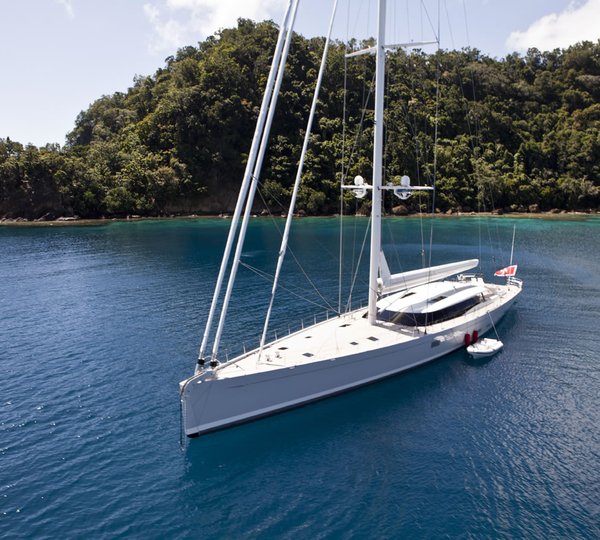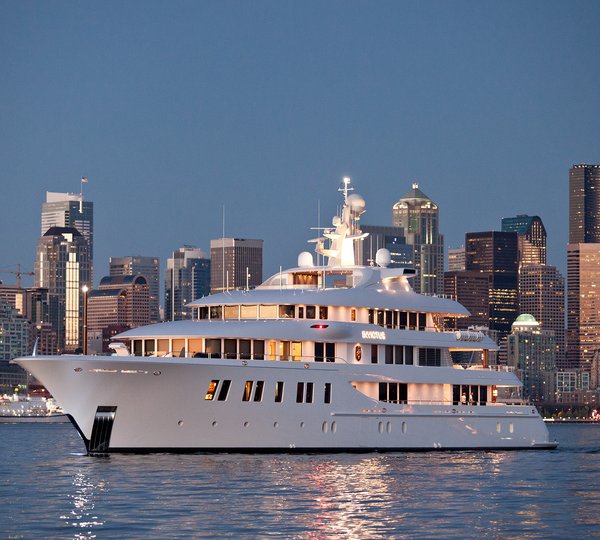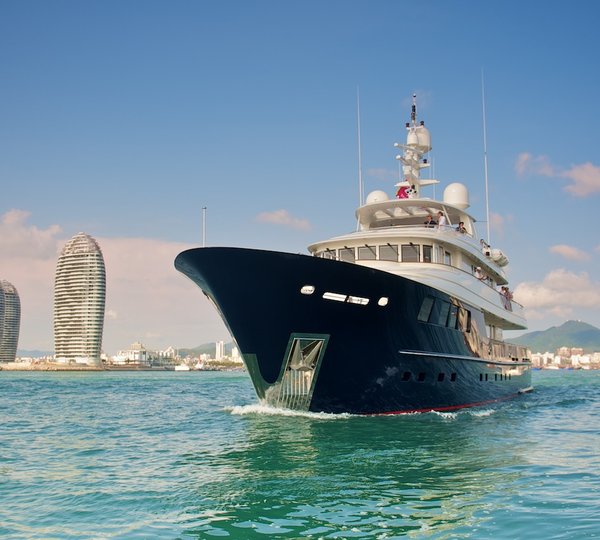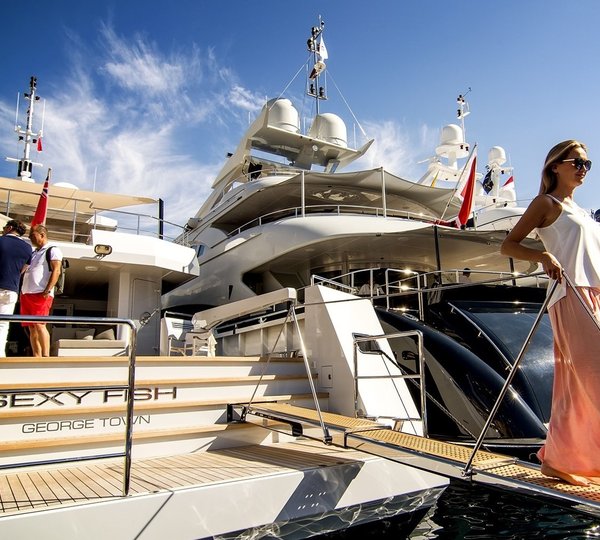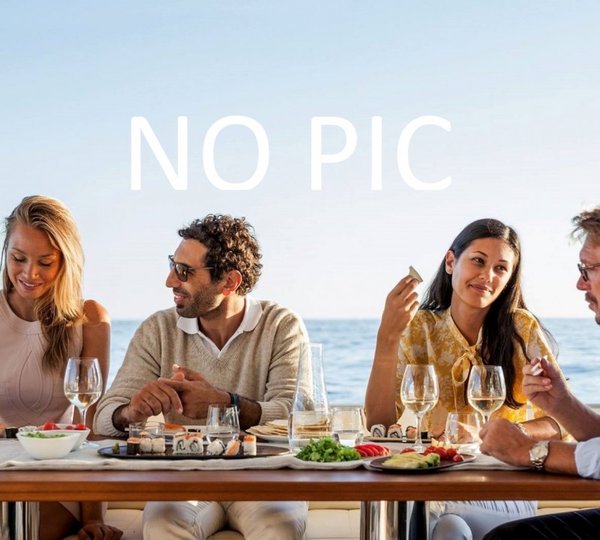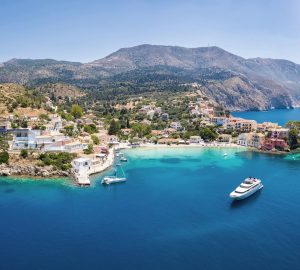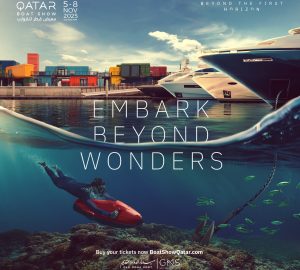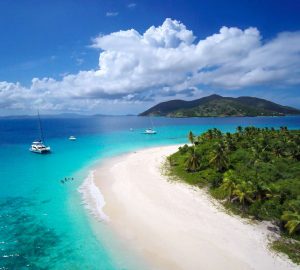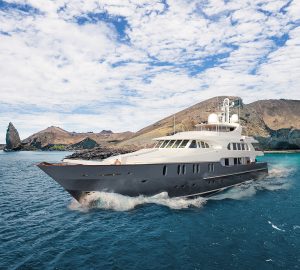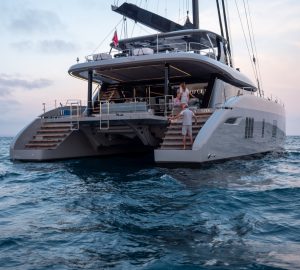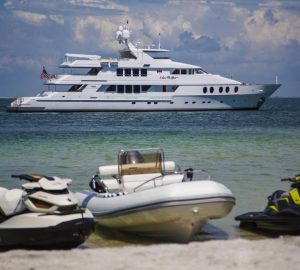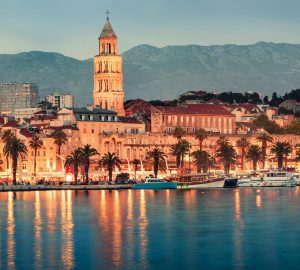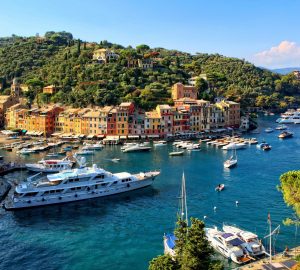As yacht racing becomes still more and more competitive, designers as well as engineers push boundaries in search of performance gains, but they need to balance the desire for speed against a sense of responsibility to the sailors whose lives are at the edge.
Delivering the first keynote address in the Fourth High Performance Yacht Design Conference in Auckland, Emirates Team New Zealand design engineer Giovanni Belgrano spoke about the demand to constantly push the envelope of design and engineering.
Belgrano, who is involved in the design of ETNZ’s Volvo Ocean Race yacht and the AC72 catamaran yachts for the next America’s Cup, said grand prix yacht racing teams operate in an environment where the edge is not the limit. It is the starting point.
Speaking the day after the Volvo Ocean Race yachts arrived in Auckland after an extremely punishing passage from China, he said: “You look at the sailors on these boats who trust us to come up with a reliable boat, while at the same time stripping every possible bit of weight out of them and you definitely feel a sense of personal responsibility to them.”
Describing the new multihull environment of the America’s Cup as less about yachting than a “giant science experiment”, he said the big catamaran yachts were essentially day sailing yachts, where the consequences of damage were different from ocean racers thousands of miles from land.
The sailors in grand prix campaigns were like “test pilots”, he said. “They need to understand the operating envelopes and blueprints within which they can safely drive these yachts. Consequently, they need to be fully involved in the science and engineering of the yachts so that they understand where the limits are.”
Belgrano said the increasing sophistication of racing yachts placed high demands on their care and attention. “The fundamental point is that when you build something right on the edge, you can’t just push it out of the door and leave it. It is a living thing that demands constant tweaking. You have to give it your complete and undivided attention.
“Ten years ago, I might have been happy to push out designs from my office anywhere in the world and then move on to the next thing. Now it is more like you have to get married to these projects and live with them full time.”
He noted that the understanding of design, engineering, construction methods and materials had greatly improved, but emphasized the need for ongoing vigilance and maintenance throughout a racing campaign.
Better measuring systems and instrumentation enabled technical crews to monitor the forces and stresses on highly engineered structures during and after the heat of battle. More than 100 on-board sensors would be deployed on the AC72 catamaran yachts and within minutes of the yachts returning from racing or trialing, the shore teams would be processing the data collected.
Constant and comprehensive monitoring systems were required. Shore teams needed to be able to track the history of every part from the moment of manufacture on. Non destructive testing of structures and components needed to be regularly carried out, mainly using ultrasound or infrared photography. Every hour of use and the load history of every aspect of the yacht needed to be logged.
Three key factors in the success of a campaign were:
– being able to accurately predict load implications;
– understanding the construction consequences of designs by doing detailed drawings and building working mock-ups;
– pre-empting situations where minor defects or damage could lead to catastrophic failures.
Build teams frequently complain that designers want more and more time to design and sailors want more and more time to train and optimize the boats, squeezing the build deadlines tighter and tighter.
Belgrano said sensible time management was critical. “Don’t spend three weeks designing some clever geometry and then leave just two days to see if it will fit into the overall structure and three days to build it,” he said.
He also cautioned against spending design resources pursuing a concept before establishing that it can actually be built. “I see this over and over again,” he said, “but if you can’t draw it, you can’t build it.”
The High Performance Yacht Design Conference is kindly supported by New Zealand Trade and Enterprise, Auckland Tourism Events and Economic Development, North Sails NZ, Core Builders, SP High Modulus.


